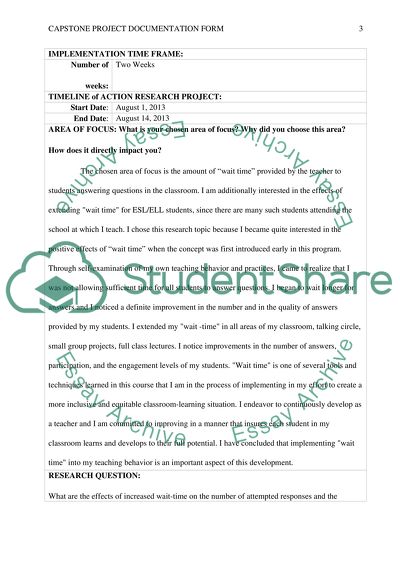Cite this document
(“Effects Of Increased Wait-Time On The Quantity Of Attempted Responses Essay”, n.d.)
Effects Of Increased Wait-Time On The Quantity Of Attempted Responses Essay. Retrieved from https://studentshare.org/education/1483596-action-plan
Effects Of Increased Wait-Time On The Quantity Of Attempted Responses Essay. Retrieved from https://studentshare.org/education/1483596-action-plan
(Effects Of Increased Wait-Time On The Quantity Of Attempted Responses Essay)
Effects Of Increased Wait-Time On The Quantity Of Attempted Responses Essay. https://studentshare.org/education/1483596-action-plan.
Effects Of Increased Wait-Time On The Quantity Of Attempted Responses Essay. https://studentshare.org/education/1483596-action-plan.
“Effects Of Increased Wait-Time On The Quantity Of Attempted Responses Essay”, n.d. https://studentshare.org/education/1483596-action-plan.


